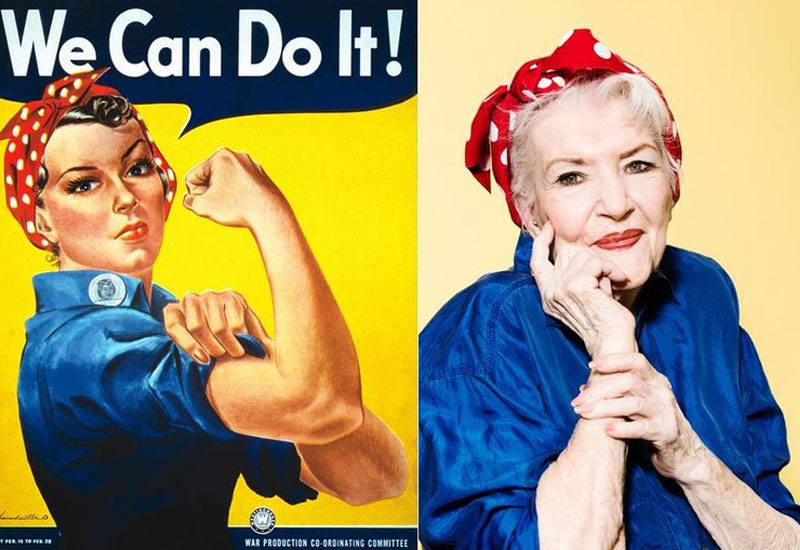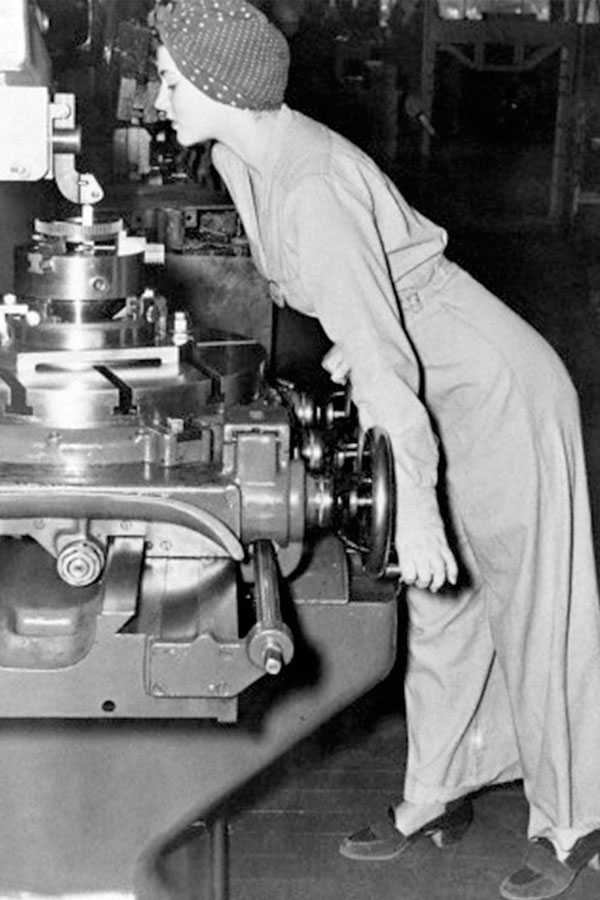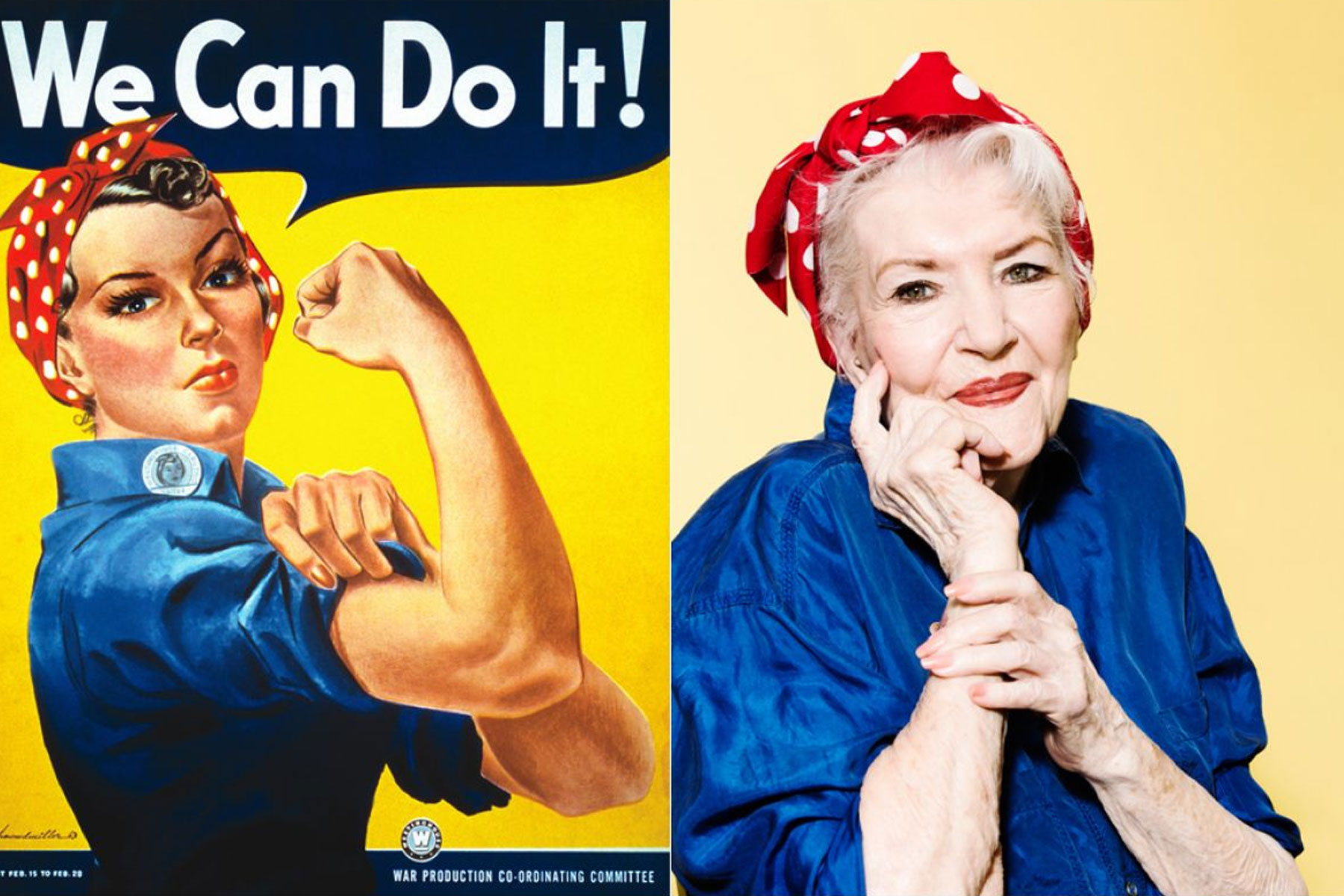What started as the cultural icon of WWII working women turned into the visual warcry of feminism – and behind it all, lies a story buried for decades.

Rosie the Riveter is one of the most instantaneously recognisable faces of feminism, and on January 20, the real-life inspiration behind this character breathed her last.
Naomi Parker Fraley was 96 years old.
At the age of 20, she posed for a photograph that would reach billions in her lifetime. What started as the cultural icon of WWII working women worked its way into the threads of society over time, turning into the visual warcry of feminism. Behind it all lies a story that remained buried for decades.
Here are three lessons we’re absorbing from the life of Naomi Parker Fraley.
Don’t be afraid to get your hands dirty

Right after the 1941 Pearl Harbour bombing, Fraley and her sister Ada were some of the earliest women to work the Naval Air Station’s machine shop. They drilled and patched airplane wing and ran rivet machines. She was at her turret lathe station in the trademark red-and-white-polka-dot bandana when a photographer snapped the picture above. It was circulated in newspapers and magazines all over America.
The artist of Rosie the Riveter as we know it, J. Howard Miller, recreated (and immortalised) Fraley in 1943. Funnily enough, the original poster was only used internally until the it resurfaced in the early 1980s.
Listen when no one else will
Farley had little knowledge she had become somewhat of an icon till 30 years later. By then, the original Rosie had been misidentified as one Geraldine Hoff Doyle, a factory worker who believed the woman in an uncaptioned reprint of Fraley’s 1980 shot to be her younger self.
Thankfully, Seton Hall University professor James J. Kimble set out on a six-year research journey to find the true muse behind Rosie. His findings in the 2016 journal article Rosie’s Secret Identity finally brought the truth to light – but it wasn’t till 2016 that journalists came knocking on this wizened woman’s door.
Carve your own legacy
“I couldn’t believe it because it was me in the photo, but there was somebody else’s name in the caption: Geraldine. I was amazed,” she told People, about seeing the original photo again at a 2011 female war workers reunion. Kimble combed through decades of archives before uncovering the original, captioned ‘Pretty Naomi Parker looks like she might catch her nose in the turret lathe she is operating.’
Fraley had kept a newspaper clipping from when this photo was fresh. Her shock was clear of any resentment or bitterness, though – in the original Rosie’s words, “I didn’t want fame or fortune, but I did want my own identity.”
 Naomi Parker Fraley leaves behind sisters, children, grandchildren, even great-grandchildren. Her life story is surely one that will be repeated for years to come – a tale of how one young WWII worker inadvertently empowered a generation of women before gaining even a sliver of recognition for herself.
Naomi Parker Fraley leaves behind sisters, children, grandchildren, even great-grandchildren. Her life story is surely one that will be repeated for years to come – a tale of how one young WWII worker inadvertently empowered a generation of women before gaining even a sliver of recognition for herself.
Images: Ramona Rosales/ People










